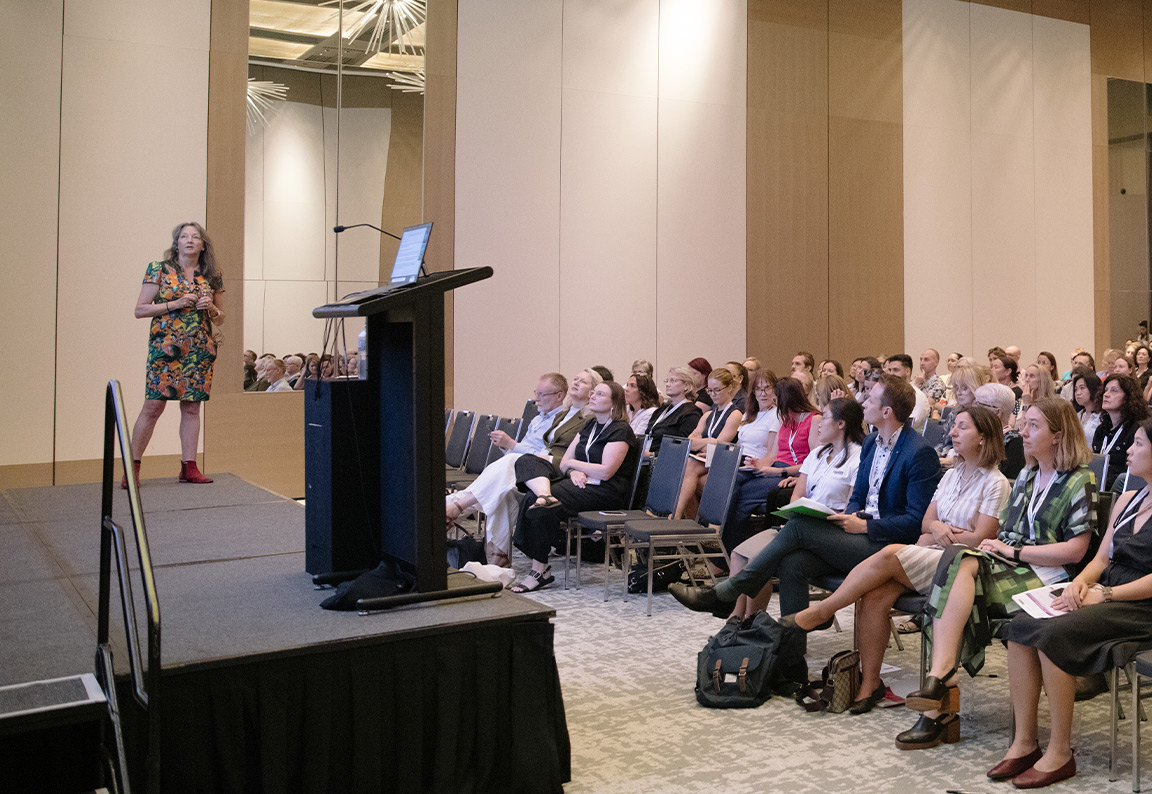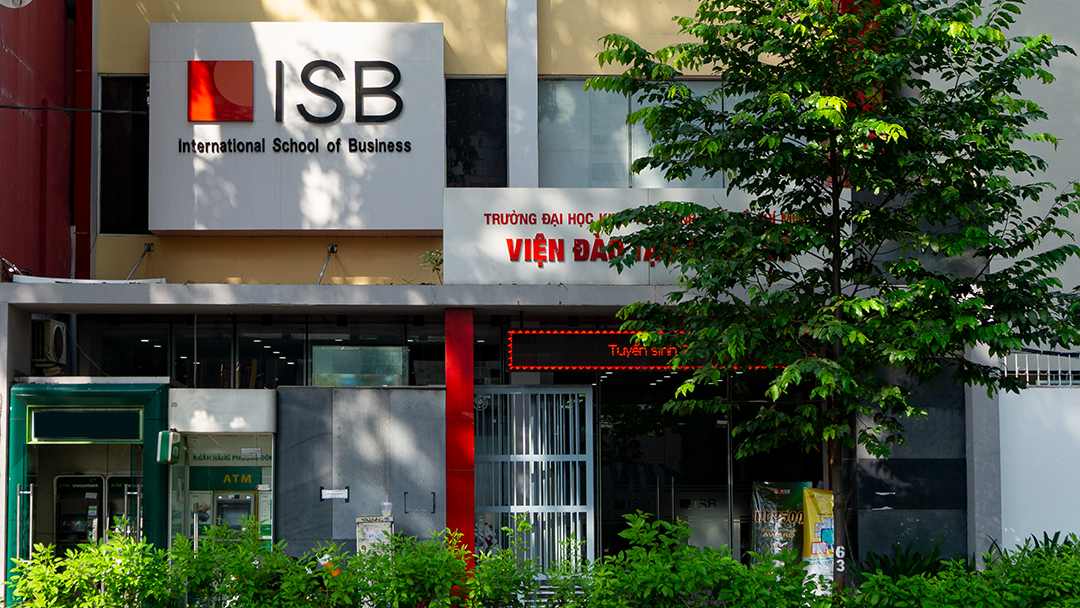Your thoughts matter, and we look forward to hearing from you!
Feel free to reach out to us effortlessly through our user-friendly contacts form. Whether you have inquiries, suggestions, or feedback, this streamlined communication channel ensures a prompt and efficient response.
Bullying is a problem at some workplaces and for some workers. To label something as "bullying", the offensive behaviour has to occur repeatedly over a period of time, and the person confronted has to experience difficulties defending him or herself. The behaviour is not bullying if two parties are approximate equal "strength" are in conflict or the incident is an isolated event.
- Workplace bullying and harassment is well-known to be an ongoing issue for organisations and communities both in Australia and around the world.
- Workplace bullying and harassment cause serious harm to worker health and organisational productivity.
- The costs of workplace bullying in various forms are widespread due its impact on outcomes such as sickness absence and psychological injury claims. Economically, bullying is estimated to cost up to $36 billion annually in Australia.
- At a personal level, workers experience a range of psychological and physical health problems after they are bullied.
- Our latest AWB data shows that approximately 1 in 10 people are experiencing workplace bullying.
A recent meta-analysis found a significant cross-sectional relationship between workplace bullying and a range of psychological health and well-being outcomes (anxiety, depression, post-traumatic stress, strain, psychosomatic symptoms, burnout, and physical health complaints), along with a positive lagged relationship from reported exposure to bullying at work with later mental health problems after controlling for baseline mental health (Nielsen and Einarsen, 2012).


Organisations should also take bullying consequences seriously (Potter, Dollard and Tuckey, 2016). Nielsen and Einarsen’s (2012) meta-analytic data analysis showed that, cross-sectionally, bullying is associated with increased intention to leave and absenteeism, and decreased job satisfaction and commitment (see also the recent review by Samnani & Singh, 2012). In addition, research has shown that the effects of observing bullying may be similar to actually being bullied (Hoel & Cooper, 2000; Vartia, 2001).
The interactive table below shows AWB responses regarding sexual harassment and gender discrimination in different industries across Australian workplaces between 2014-15.
See More Data Visualisations by the StressCafé Team.
Females report significantly higher levels of overall sexual harassment and bullying and experience bullying for significantly longer periods of time than men.
To assess the prevalence of bullying AWB participants were given a commonly agreed upon international definition: “Bullying is a problem at some work-places and for some workers. To label something as bullying, the offensive behaviour has to occur repeatedly over a period of time, and the person confronted has to experience difficulties defending him or herself. The behaviour is not bullying if two parties of approximate equal ‘strength’ are in conflict or the incident is an isolated event”.
Participants in the AWB project were provided with the following definition of bullying:
“Bullying is a problem at some work-places and for some workers. To label something, as bullying, the offensive behaviour has to occur repeatedly over a period of time, and the person confronted has to experience difficulties defending him or herself. The behaviour is not bullying if two parties of approximate equal “strength” are in conflict or the incident is an isolated event.”

"There is a serious concern regarding levels of bullying and harrasment. Results from the AWB show that levls of bullying are at 10 percent, which are substantially higher than international rates."
Safe Work Australia has adopted a similar definition, as specified in the Guide for Preventing and Responding to Workplace Bullying (Safe Work Australia, 2013):
“Workplace bullying is defined as repeated and unreasonable behaviour directed towards a worker or a group of workers that creates a risk to health and safety. Unreasonable behaviour does not include reasonable management action, such as discussions about work performance, as long as they are taken in a reasonable way”.
Bullying incidents may include psychological acts (e.g., humiliation), physical acts (e.g., violence) or indirect behaviours (e.g., social exclusion), all of which place the target in a state of fear and inferiority. To verify bullying rates, both definitions were presented separately in the telephone interview, and, participants were asked, given the definitions, if they had been subjected to bullying at the workplace during the last 6 months. Both definitions characterise bullying as harmful interpersonal interactions that incorporate some sense of repetition and longevity but the international definition specifies an imbalance of power between the parties. Both definitions were used in this report to determine prevalence. The new standard definition of harassment adopted by Safe Work Australia is unwelcome behaviour that intimidates, offends or humiliates a person. It may target personal characteristics such as race, age, gender, disability, religion or sexuality. The measure of harassment used in this study was largely consistent with this conceptualisation.








